You know that moment when you walk into a shelter and your heart skips a beat? Not because of the overwhelming sadness, but because one pair of eyes locks onto yours and suddenly everything else fades away. That inexplicable pull you feel might be more than coincidence.
Owners may have a tendency to select dogs that possess traits which are similar to their own, either at the individual or at the breed level, according to recent research on owner-dog personality matching. For empaths, this unconscious selection process runs even deeper, tapping into an energetic recognition that most people don’t understand.
The Mirror Effect: Recognizing Your Own Sensitivity
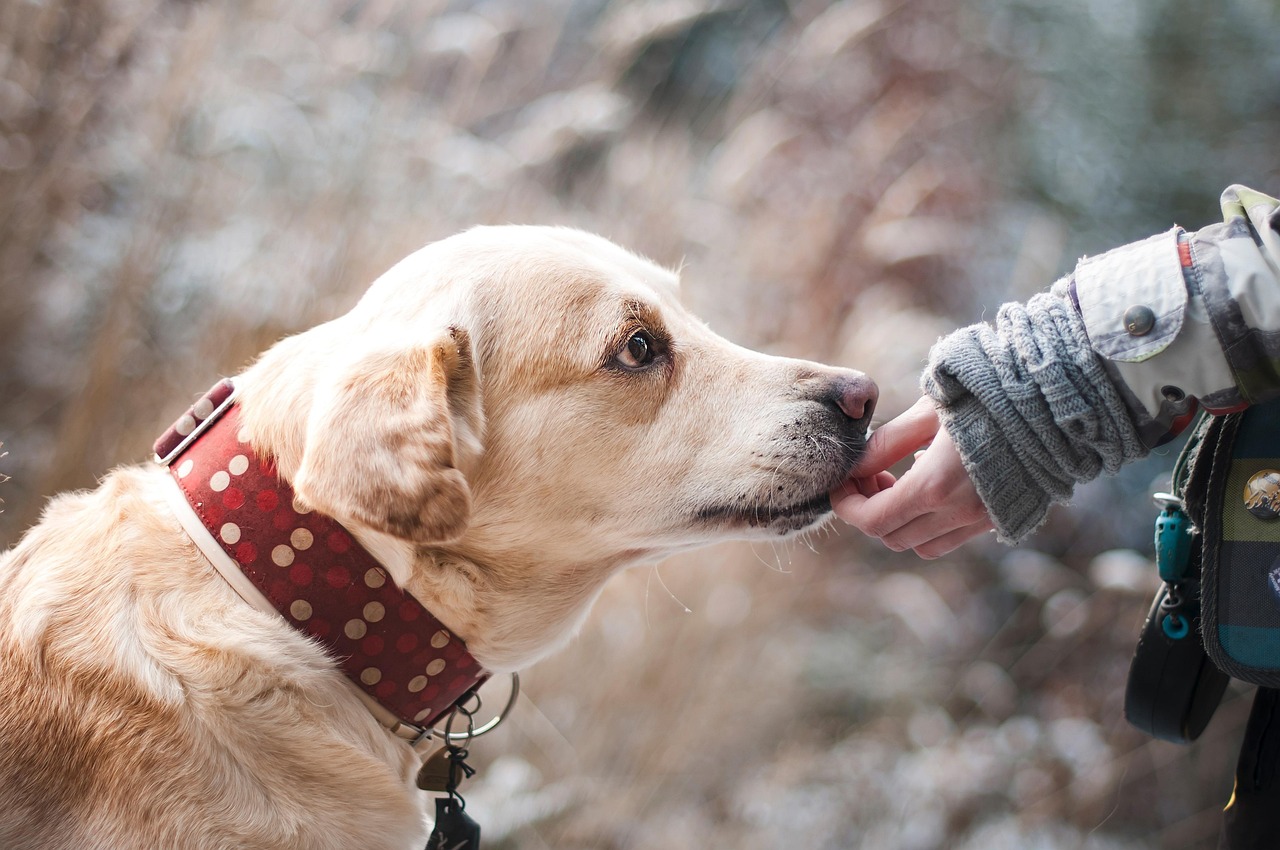
Empaths gravitate toward dogs with heightened emotional sensitivity without even realizing they’re doing it. Research has identified sensitivity traits in dogs that may parallel human emotional sensitivity, and this trait interacts with owner personality to influence the likelihood of behaviour problems.
Think about it. When you’re scanning a room full of potential furry companions, you’re naturally drawn to the one sitting quietly in the corner, observing everything with intense focus. Empaths have a higher sensitivity to outside stimuli such as sounds, big personalities, and hectic environments, and they subconsciously recognize this same quality in certain dogs.
You might find yourself dismissing the overly boisterous puppy who’s bouncing off the walls. Instead, you’re captivated by the dog who approaches with measured caution, reading your energy before making contact.
Energy Recognition: The Invisible Connection

An empath aligns with the feelings, emotions, energy, and intention of their environment, and your dog is now using empathy to sense your emotions to determine if she’s safe. This creates an immediate recognition between two highly sensitive beings.
When empaths meet potential canine companions, they unconsciously seek dogs who exhibit similar emotional intelligence. There is no question that dogs are sensitive to human emotions, but empathic individuals are particularly drawn to dogs who demonstrate heightened awareness of emotional states.
You probably remember that first meeting with your dog differently than others describe their experiences. Where they talk about cute antics or physical appearance, you likely describe feeling understood or sensing a deep connection.
Breed Tendencies: The Genetics of Emotional Intelligence

Certain breeds consistently attract empathic owners, though the selection often happens unconsciously. Golden Retrievers are highly intelligent and empathic and often excel in roles as service dogs or therapy dogs. These breeds have been selectively developed for traits that mirror empathic qualities.
A proper Labrador or Golden temperament is tolerant, loving, gentle, and unusually empathic, with dog breeds that are bred to interact closely with humans being genetically more sociable. Empaths find themselves consistently drawn to these naturally empathic breeds.
Border Collies present another fascinating example. These attentive dogs can recognize subtle emotional shifts through body language, tone of voice, and energy, responding with genuine empathy. Their intense focus and emotional awareness create an instant bond with empathic individuals.
The Rescue Attraction: Healing Recognizes Healing
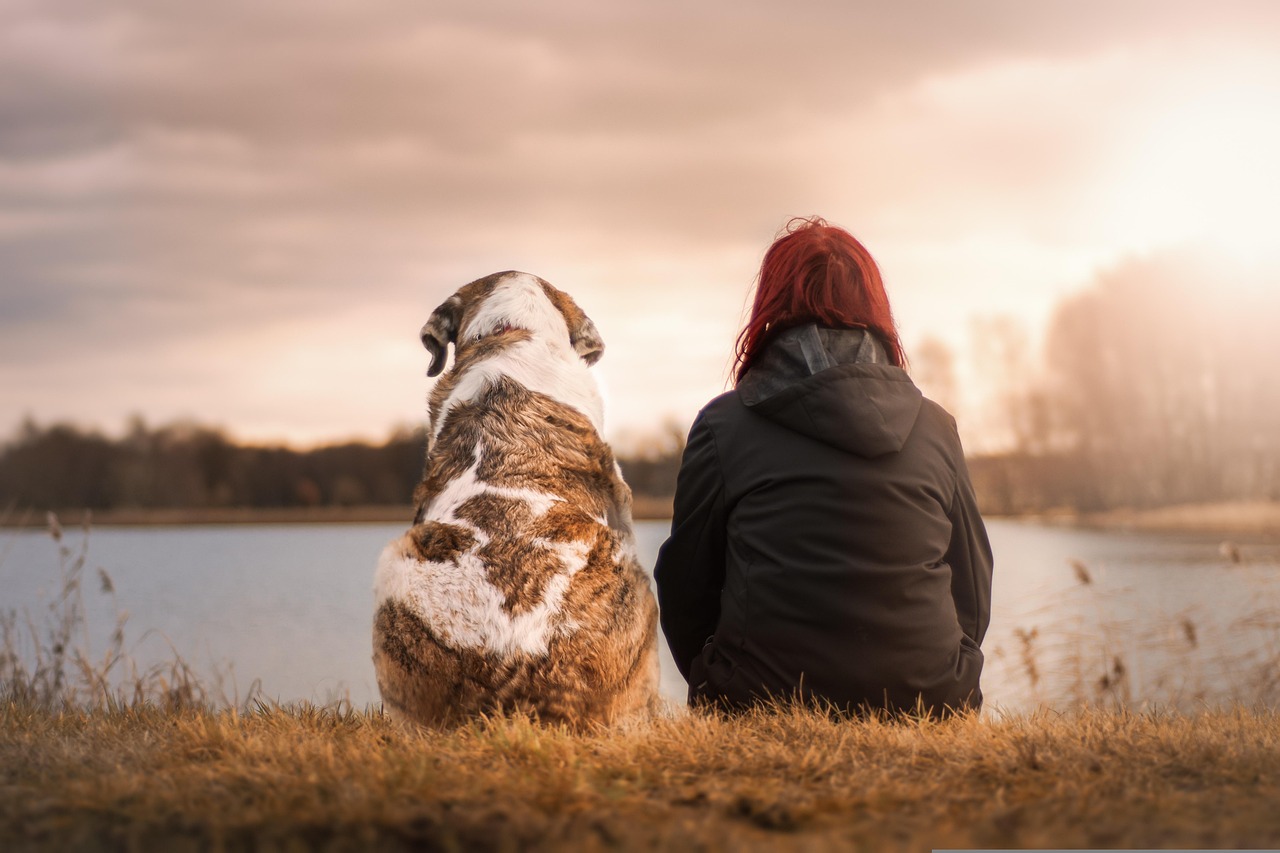
Empaths disproportionately choose rescue dogs, often gravitating toward those with emotional trauma. This isn’t coincidence but recognition. You see something of yourself in that anxious dog who’s been returned multiple times or the one who shrinks away from loud voices.
Animals often experience their human’s emotions as if they are their own emotions, and after experiencing their human’s emotions through their intuitive empathy, animals will then take steps to re-balance things. This creates a healing dynamic that empaths instinctively understand.
You might find yourself saying you “had to save” a particular dog, but truthfully, you recognized a kindred spirit who understood struggle and resilience. The mutual healing that occurs isn’t accidental but the result of two sensitive souls finding each other.
Physical Cues That Draw Empaths In
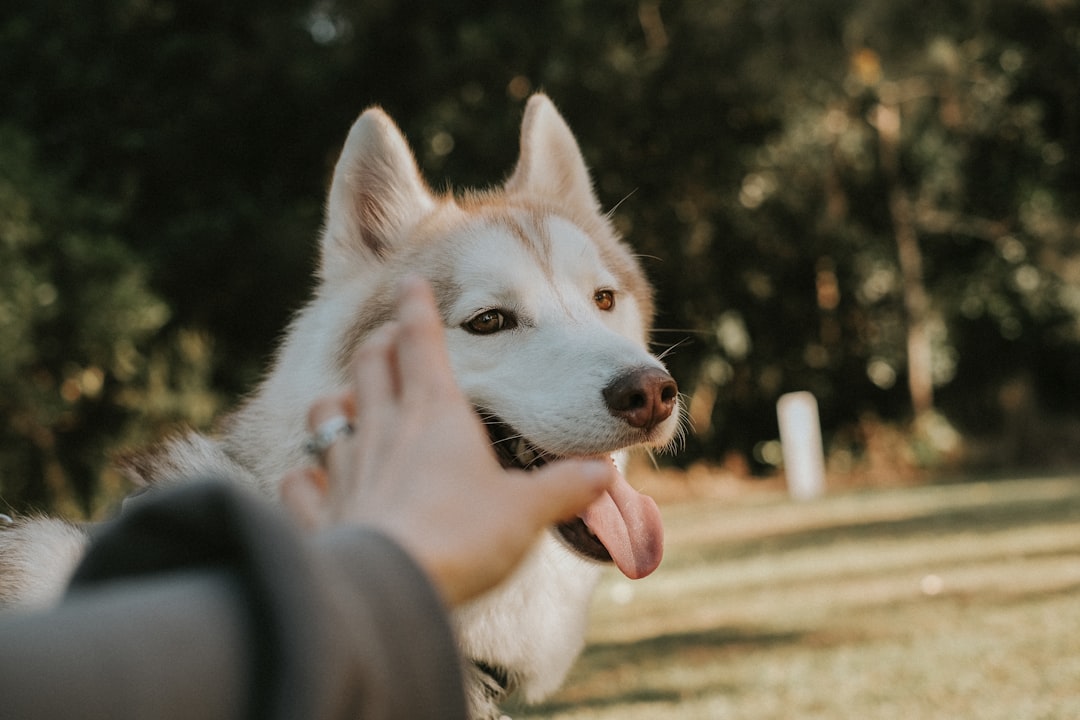
Empaths are unconsciously attracted to specific physical and behavioral cues that indicate emotional intelligence in dogs. Research suggests that people with high empathy may respond strongly to dogs’ facial expressions, with this connection potentially being more intense for those with previous dog experience.
You’re probably drawn to dogs with expressive eyes, those who make deliberate eye contact, or ones who approach with their head slightly lowered in a non-threatening but attentive manner. These subtle body language cues indicate emotional awareness and sensitivity.
The dog who immediately sits and leans against your leg probably caught your attention faster than the one doing tricks. That instinctive offering of comfort and connection resonates with your empathic nature.
The Chemistry of Connection: Oxytocin and Beyond
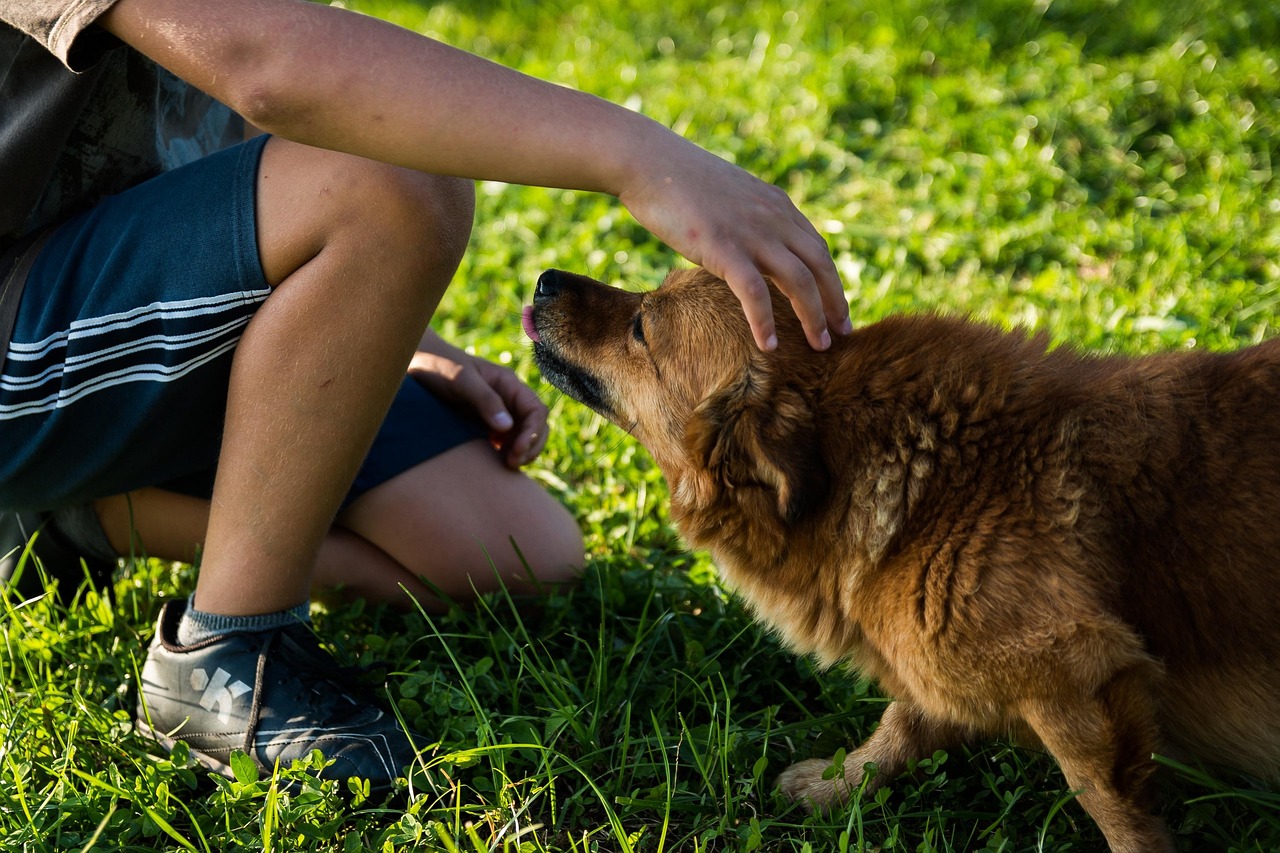
Research shows that mutual gazing between dogs and owners increases oxytocin levels in both species during social interaction, but for empaths, this bonding hormone response is particularly intense. The neurochemical reaction you experience when meeting your future dog is stronger and more immediate than what others typically experience.
This heightened response explains why empaths often describe feeling an instant bond or “just knowing” when they meet their dog. There are studies that show dogs have physiologic and behavioral mechanisms to express affection and form strong bonds with humans.
Your nervous system literally responds differently to certain dogs, creating that unmistakable pull that has nothing to do with logical decision-making and everything to do with energetic compatibility.
Behavioral Matching: Seeking Your Emotional Twin
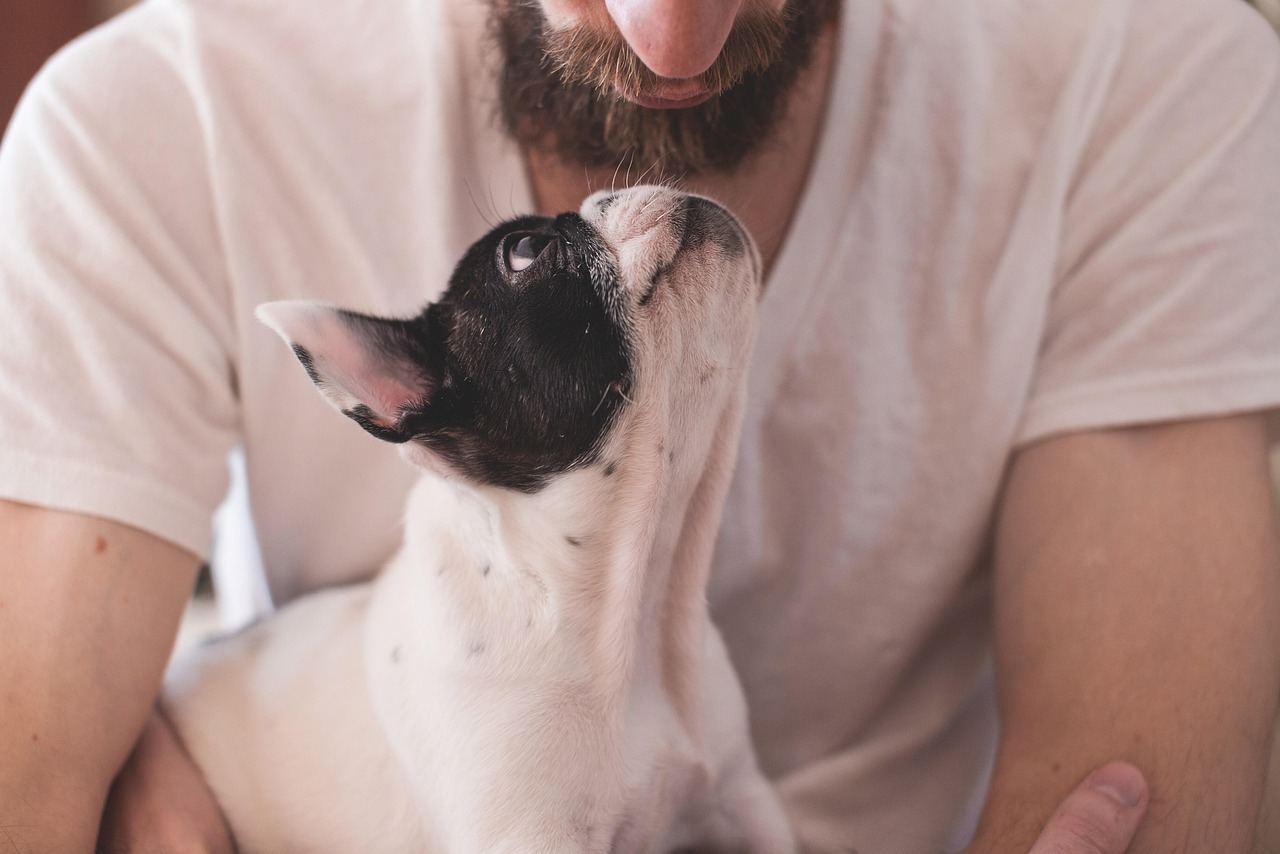
Dog owners perceive similarity in their own and their dogs’ personality, and living with a partner who has similar personality traits may reduce the risk of conflicts because it is easier to predict the partner’s future behaviours. For empaths, this matching goes beyond personality to emotional processing styles.
You’re likely drawn to dogs who exhibit similar coping mechanisms to your own. The dog who seeks quiet spaces when overwhelmed, who needs time to warm up to new people, or who becomes anxious in chaotic environments probably caught your attention because you recognized these patterns in yourself.
The closer in personality owners and dogs are, the more likely the owner can empathise with the dog, and owners with similar needs to their dogs might recognise signs of fear and stress earlier. This natural alignment makes for stronger, more intuitive partnerships.
The Therapy Dynamic: Mutual Emotional Support
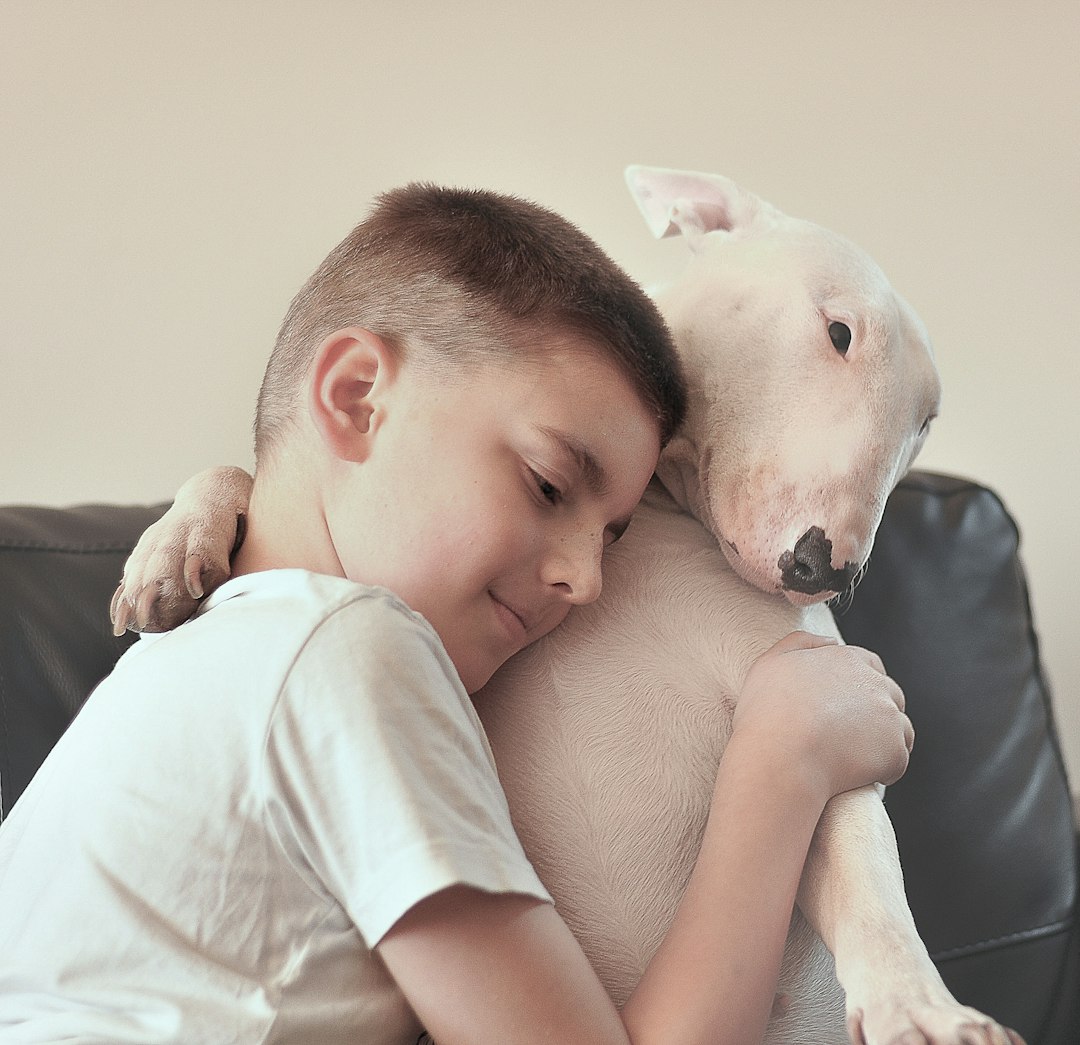
Empaths may connect to animals more intensely and draw deep comfort from this bond. The dogs empaths choose often become unofficial therapy animals, not through formal training but through natural inclination and mutual understanding.
Your dog probably seemed to understand your needs from day one, offering comfort during difficult moments without being asked. When I’ve had a bad day, my dog sits on my lap knowing that his warmth will calm me down, and when my anxiety is high, my pup gives me a little lick and invites me to play.
This therapeutic relationship develops because both you and your dog operate from a place of emotional sensitivity and responsiveness. These emotionally attuned pups absorb your feelings like furry little therapists, and they don’t just love you – they feel you, deeply and completely.
Looking back on how you chose your dog, you probably can’t fully explain why that particular animal called to you so strongly. The truth is, you didn’t choose your dog so much as you recognized each other. Two sensitive souls finding their perfect emotional match in a world that often feels overwhelming for both species.
What do you think about it? Does this resonate with how you found your furry companion? Tell us in the comments.

Gargi from India has a Masters in History, and a Bachelor of Education. An animal lover, she is keen on crafting stories and creating content while pursuing a career in education.






